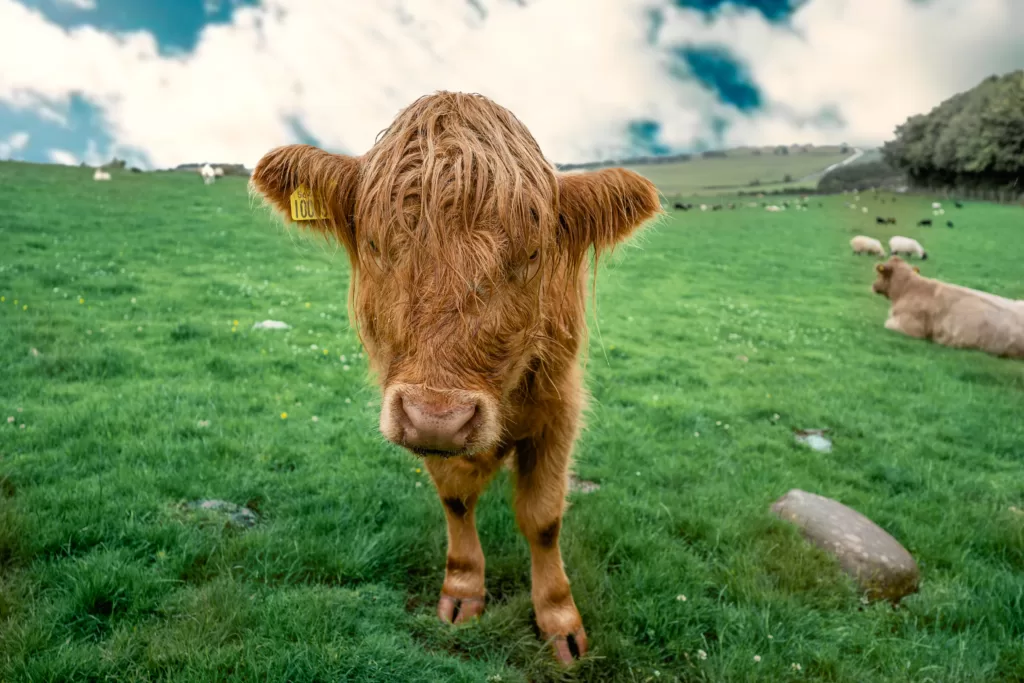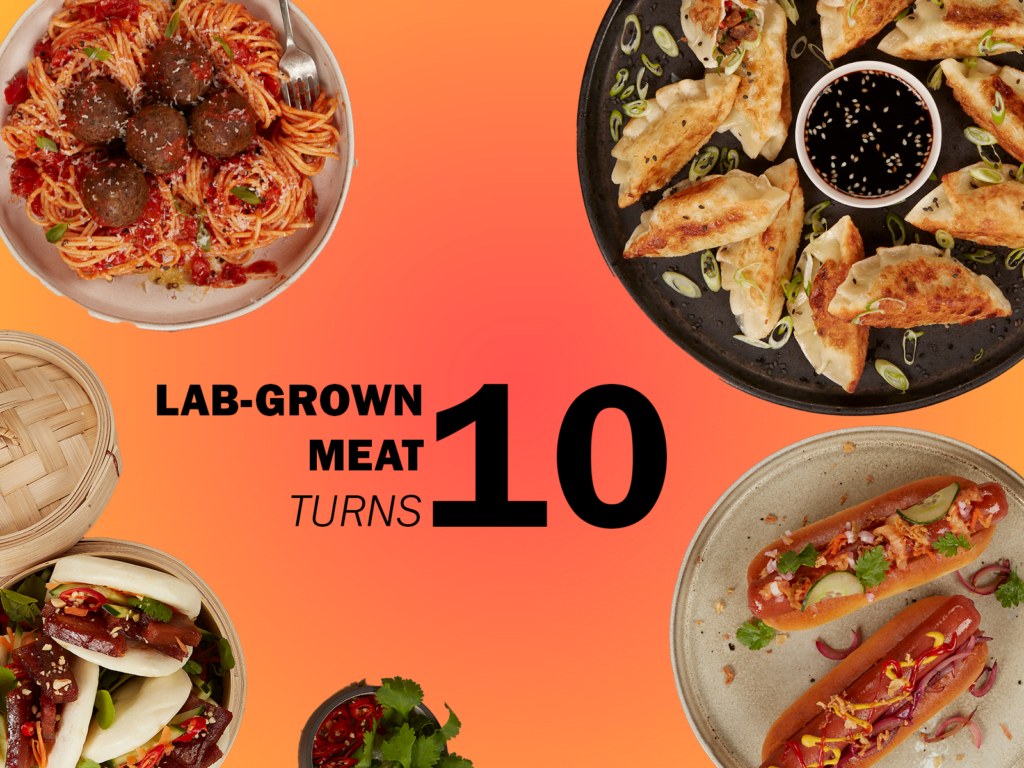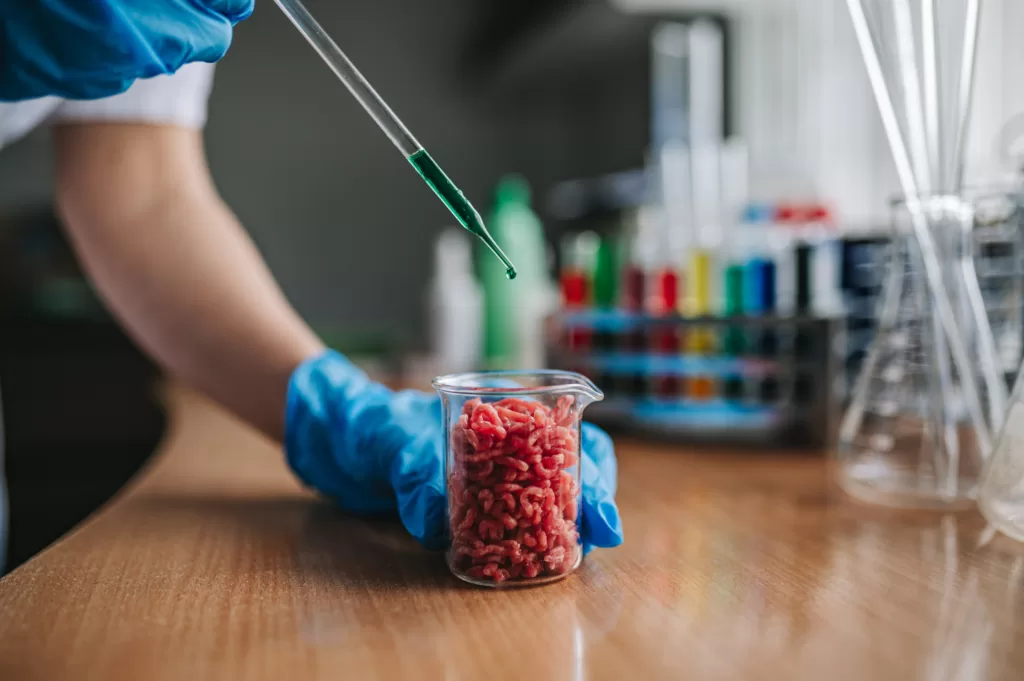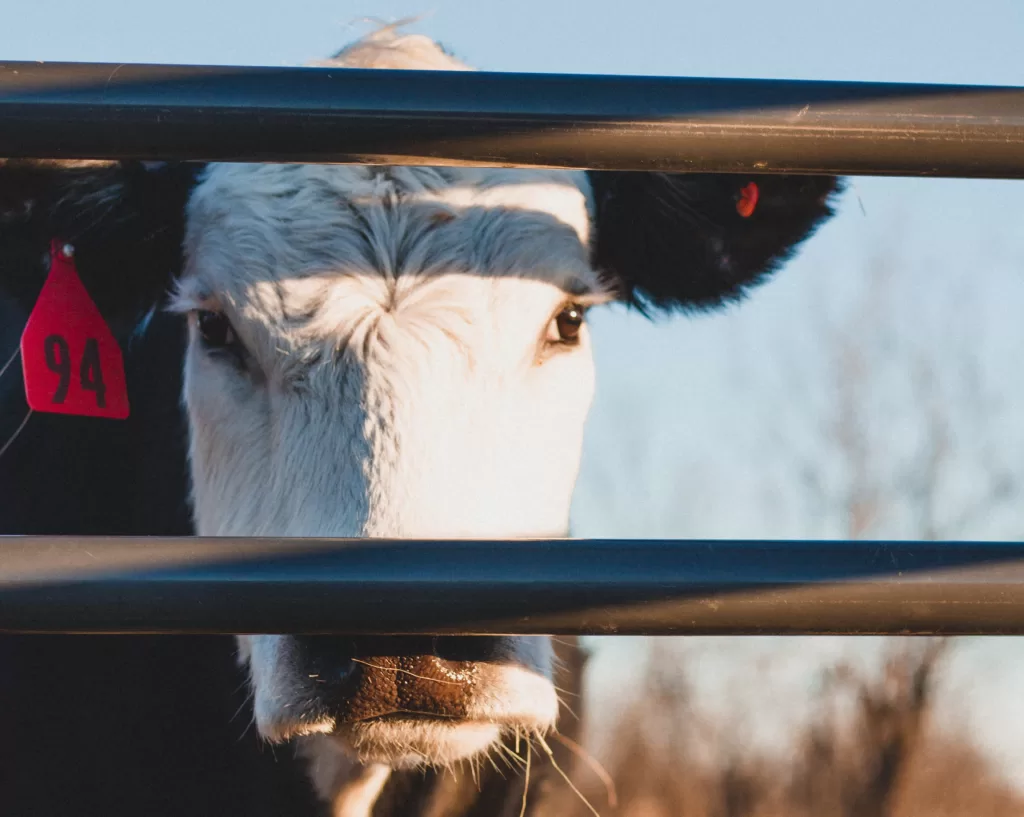Lab-grown meat could have a huge impact on farmers so researchers are asking them what they think about it.
 Research is looking at how cultured meat could impact farmers across the UK. : Unsplash: Charlie Parker Unsplash licence
Research is looking at how cultured meat could impact farmers across the UK. : Unsplash: Charlie Parker Unsplash licence
Lab-grown meat could have a huge impact on farmers so researchers are asking them what they think about it.
“Toxicity” and “Frankenstein” are among the words UK farmers have used to describe their many concerns over lab-grown meat, but researchers have found there are a few who also see its opportunities.
A research team led by the Royal Agricultural University in Cirencester, Gloucestershire, is investigating how farmers could be affected by lab-grown meat, also known as cultured meat, cultivated or cell-based meat.
The research’s focus is in the UK but many of the findings will be relevant to farmers around the world.
The research is being done at a time when agriculture, especially animal production, is recognised as a major contributor to climate change.
Tackling and adapting to climate change while feeding a growing population will require changes to food production and consumption.
This is likely to mean eating less meat in high-consuming countries such as the UK — cutting back on beef or chicken, substituting meat alternatives in processed foods or producing meat differently.
Time will reveal the winners and losers in the race to develop meat alternatives but cultured meat is a substitute gaining traction, with companies attracting $896 million in investment in 2022 alone.
It has attracted interest from investors because of its potential to have the same taste and texture as conventional meat and still appeal to committed carnivores.
There has been significant research into the ethics, health, climate and economic impacts of cultured meat but less focus on how adopting it will affect farm businesses and rural communities.
As well as being vital to farmers, this is important in understanding the overall environmental, social and economic impact of these technologies.
An initial series of focus groups involved about 80 livestock, crop and mixed crop and animal farmers from across the UK and explored their understanding and attitudes towards cultured meat.
The focus groups also looked at how the farmers imagined its development would affect them.
Findings from these focus groups identified several recurring themes around the threats to food and farming, and some possible opportunities too.
Cultured meat was perceived as highly processed food and the farmers questioned its safety, nutritional content and the bioavailability of nutrients along with its impact on human health.
It was compared with naturally produced farm animals, which were regarded as the “gold standard”.
Farmers used words and phrases like “toxicity” and “Frankenstein’s stuff” — reminiscent of phrases used in the early days of genetically modified foods by UK consumers — to describe their fears around cultured meat products.
Many of the farmers were concerned about the “Americanisation” of food systems, worrying that the cultured meat sector would ultimately be controlled by a small number of global conglomerates.
They discussed the social impact of this, highlighting the potential loss of connections between consumers and food production, animals and the countryside.
Many livestock farmers expressed worries about the possible need for a mass cull of livestock. They were concerned about the impact on abandoned grasslands, the countryside and the rural economy if grazing animals were replaced by factory-produced food.
They also raised concerns of a reduction in animal welfare as surviving livestock farmers tried to compete with low-cost cultured meat.
However, some farmers felt food and agriculture needed big game-changers to meet climate, nature and public health challenges.
Whether cultured meat is a game-changer or ratchets up existing trends in the food and farming industries towards industrial consolidation and food processing remains to be seen.
Opportunities for farm businesses to diversify, either to produce materials for cultured meat production or to develop on-farm cultured meat production units were identified by several farmers.
Interestingly, some of the livestock farmers identified opportunities for strengthening the unique selling proposition of natural, grass-fed meat products and selling these at a premium compared with cheap, mass-produced cultured meat products.
Alongside the focus groups, the team is investigating farmers’ social media discussions around cultured meat and have completed a literature review of potential sources of ingredients for cultured meat production.
This will feed into the next stage of the study, which aims to complete an in-depth investigation into the potential for cultured meat production on eight case study farms, selected to broadly represent the farming sector.
Environmental, economic and social changes for each business and their associated supply chains will be mapped over 10 years following three divergent pathways and four scenarios to identify the winners and losers.
The plan is that findings from this work will allow farmers, policymakers and investors to better understand, shape and prepare for cultured meat.
And much is happening around this rapidly developing technology.
The US recently joined Singapore in allowing sales of cultured meat while the Netherlands has agreed on rules for controlled tasting.
Cultured meat producers are looking to other legislative bodies, including Australia and Switzerland, for permission to market their products.
Legislative approval, coupled with lower cultured meat production costs should reveal the true impact of the technology on farmers, rural communities and the climate.
Dr John Dooley is the project manager for the Cultured Meat and Farmers research project at the Royal Agricultural University in the UK. Prior to joining the university in 2014, he worked as an R&D scientist and project manager in the food and drink industry, where he developed and validated DNA-based assays to confirm the authenticity of meat, fish and other food products.
The author’s research referred to in this article is sponsored by the Transforming UK Food Systems Strategic Priorities Fund and consists of researchers, cultured meat producers, policy advisors and farmers from 19 institutions across the globe.
Originally published under Creative Commons by 360info™.











